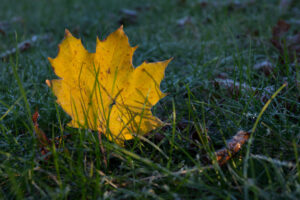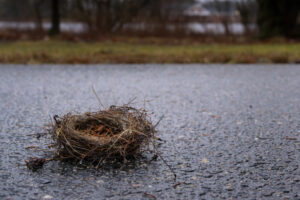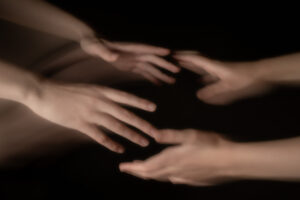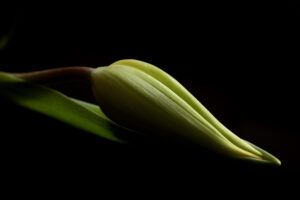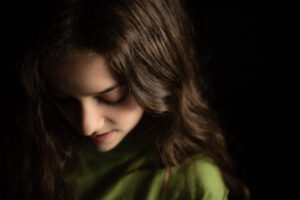Judith Donath
An Inoculation of Solitude
A solitude arises, paradoxically, in densely populated urban spaces, a response to the anonymity of crowds and to the innumerable fleeting encounters with passing strangers, their faces glimpsed and soon forgotten. Such solitude can slip into loneliness, when the city’s chatter and bustling clamor start to sound like chants mocking one’s stark and inescapable aloneness. Yet solitude-amidst-millions can also be freeing, an escape from family ties and community eyes. The ability to carve out solitary moments, even just a few seconds or simply in a corner of one’s mind, is essential when living among so many others; the early 20th century sociologist Louis Wirth noted: “The reserve, the indifference, and the blasé outlook which urbanites manifest…[are] devices for immunizing themselves against the personal claims and expectations of others”.
Solitudes evolve. When the coronavirus epidemic descended, crowd became synonymous with contagion, seclusion with safety, and the technologies that connect us became another paradoxical source of solitude, enabling us to live with relative ease in extended isolation. Post-pandemic, elements of this disconnection linger: commuters trickle into echoing lobbies where banks of elevators wait expectantly for the waves of workers who still have not returned.
These photographs are a meditation on the varieties of urban solitude.
- San Francisco, January 2023
- Boston, March 2023
- Boston, March 2023
- Boston, March 2023
- Boston, March 2023
- Boston, September 2022
- Boston, March 2023
- Boston, March 2023
- Boston, September 2022
- Boston, March 2023
- Boston, February 2023
- Boston, February 2023
- Boston, February 2023
- Boston, March 2023
- Cambridge, February 2023
- Boston, September 2022
- Cambridge, April 2023
- Cambridge, December 2022
- Boston, January 2023
- Cambridge, March 2023
About
Judith Donath is a photographer whose work focuses on people—on their relationships with each other and on their interactions with technological, architectural and natural environments. Her photographic work is grounded in the traditions of street photography, but she also embraces experimental processes and presentations. Donath is a well-known new media designer and theorist, and her experience with computational technologies and insights about our rapidly changing world inform her image-making practice.




















